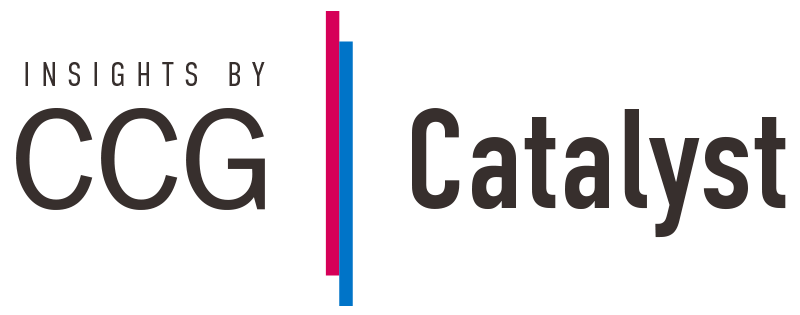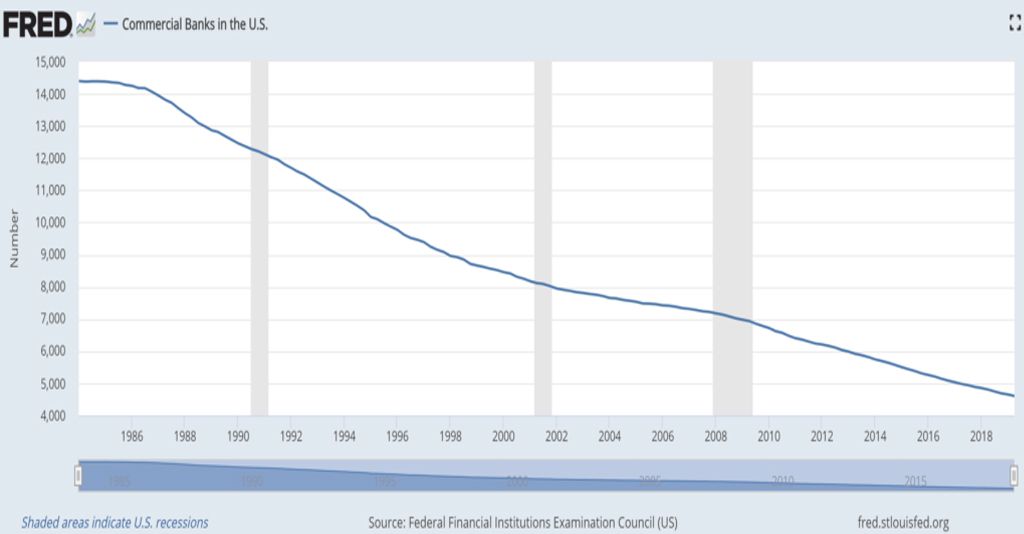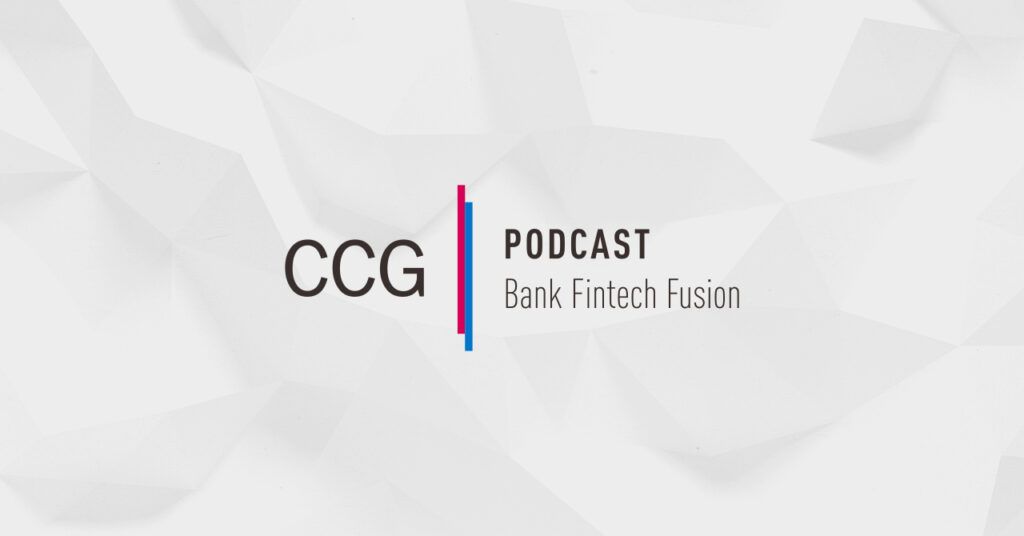When open banking and data privacy collide
Data has evolved into a defining force in retail banking but as banks formulate their strategies for the next decade, data is likely to become both a greater tool for success, and a source of risk.
The volumes of data created by the digital world will continue to grow at an exponential rate, and banks will need to keep building the skills and capabilities to leverage it for growth. However, the spread of open banking and data privacy regulations will reshape how banks collect and use data for years to come.
Open banking regulations that require banks to share account data with third parties at customers’ request have been implemented in Europe, Australia and Singapore. Though no such regulation exists in the U.S. today, major banks are already implementing open data sharing through application programming interfaces so their customers can benefit from third parties’ access to their data. U.S. Bank, for example, recently signed a number of data sharing agreements with fintech startups and is opening up customer data through APIs.
Banks that implement such changes stand to benefit from new customer offerings and revenue sources. In the United Kingdom, where an open banking mandate for the country’s biggest banks went into effect last year, banks are projected to gain more than $9 billion in new revenue thanks to open banking by 2022.
There’s a wide variety of opportunities for banks to improve their bottom line through open APIs. Licensing fees can allow banks to collect recurring revenue from third parties using their APIs to connect to customer information. Banks can also partner with third-party providers — including fintech startups — to create new personalized products that leverage APIs for customer data, and potentially share revenue from those products.
On the cost-cutting side, APIs can help manual back office work in verifying customer information for new credit applications and other uses.
Keep reading on American Banker.
Subscribe to CCG Insights.








